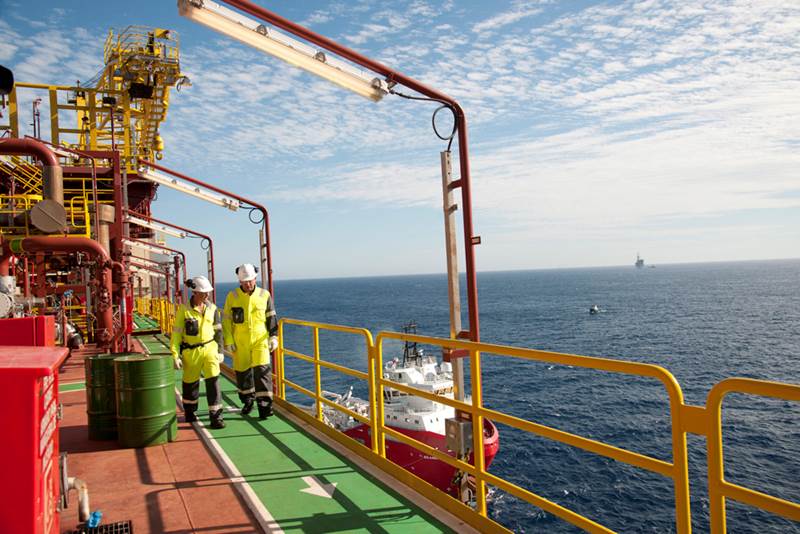The impact of the extended oil price downturn will likely have long-term effects on the industry in a number of areas including capital allocation and people, according to multinational professional services firm, Deloitte Touche Tohmatsu Limited.
In describing 2017 as “the slow road back” for the oil and gas industry, John England, Vice Chairman, US Energy & Resources leader for Deloitte, said supply and demand balances are still slow to return to a sustained equilibrium, despite the decision by OPEC to cut production. “This should be supportive of crude oil prices as we go into 2017, but it remains to be seen how quickly and to what extent US shale oil drillers might respond by resuming more active drilling programs,” he said.
Additionally, climate change concerns, the rise of the electric vehicle, self-driving vehicles, among other factors make estimates of continuous demand growth seem less likely, he pointed out, adding that some large oil companies are even predicting peak demand within the next 20 years.
“Six hundred and twenty billion dollars of projects through 2020 are estimated to have been deferred or canceled as a result of the downturn, and the appetite for long-term, complex major capital projects has waned, despite a few notable exceptions,” Mr. England pointed out.
While this trend seems to lower the risk of individual companies in the industry, he said it may pose some broader questions regarding energy supply and security. “Where will supply come from in 2020 and beyond? Are there enough short cycle projects to fill the supply gap?”
The exploration and production (E&P) industry, forced by market conditions, is shifting its focus and capital investment priorities. Starting with the downturn in oil prices in 2014, oil and gas companies have been cutting back on capital investments in large, high risk-high reward, long-cycle projects.
Hundreds of billions of dollars of planned investment in long-cycle projects was deferred or canceled since 2014. Because such projects take years – sometimes decades – to develop from discovery to production, this investment drought implies a hole in future production, even as the International Energy Agency (IEA) forecasts oil demand will continue growing, hitting 103 MMbbl/d by 2040.
But the IEA warns that there is a near-term risk if the shortfall of new projects continues. The agency acknowledged the ability of short investment cycle projects, specifically U.S. tight oil, to quickly respond to price swings. However, it pointed out the need for conventional projects, with lead times of three to six years from investment to first oil, to help meet future oil demand.




